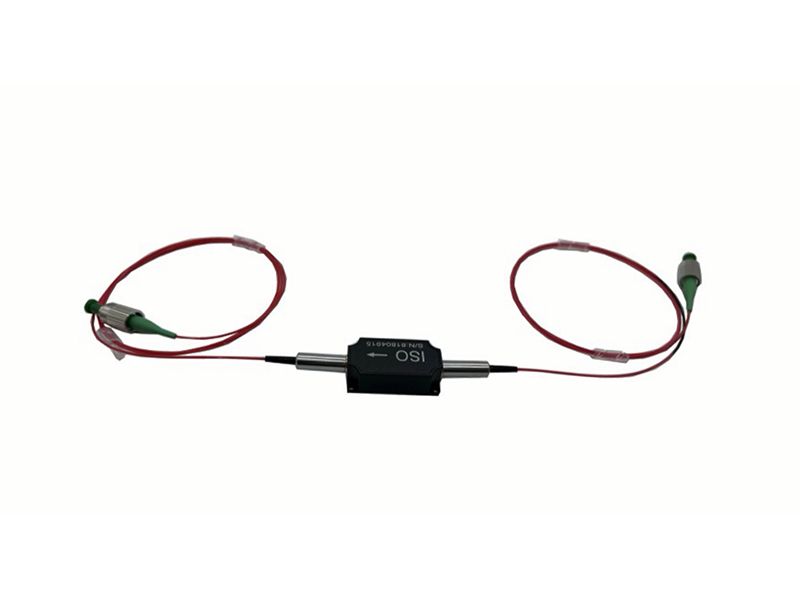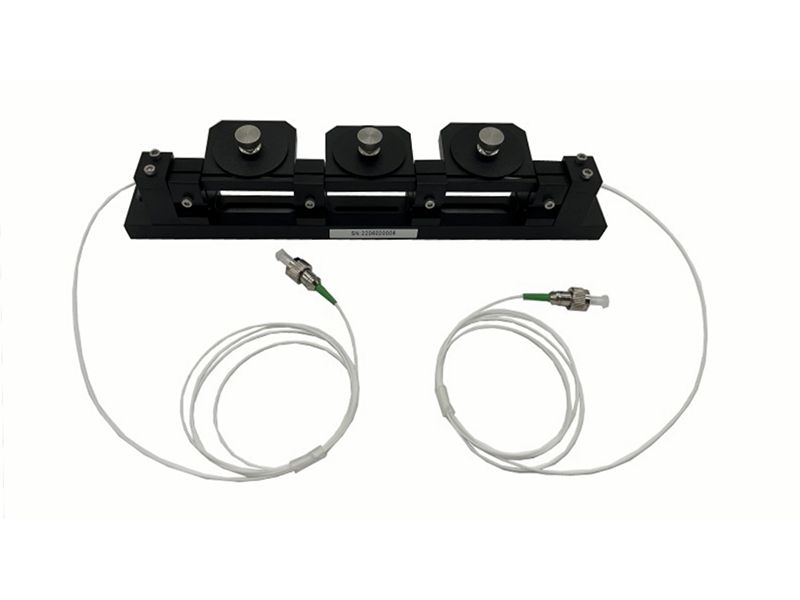Optical imaging technolog
Optical imaging technology refers to a diverse range of imaging techniques that utilize light to capture and analyze information about biological tissues, materials, or objects. It leverages the properties of light, such as its wavelength, intensity, and polarization, to generate detailed images for various applications in medicine, biology, physics, and industry.
Send Inquiry
Product Description
There are several key optical imaging techniques commonly used in research, diagnostics, and industrial processes. Here are some of the most prominent ones:
Optical Coherence Tomography (OCT): OCT is a non-invasive imaging technique that utilizes low-coherence interferometry to produce high-resolution cross-sectional images of tissues. It is widely used in ophthalmology for imaging the retina, but it also finds applications in cardiology, dermatology, and other medical fields.
Confocal Microscopy: Confocal microscopy uses a focused laser beam to illuminate a sample and collects light reflected from a specific plane within the sample. By excluding out-of-focus light, it provides detailed three-dimensional images with improved resolution, making it valuable for cellular and subcellular imaging.
Fluorescence Imaging: Fluorescence imaging involves the use of fluorescent probes or dyes that emit light when excited by specific wavelengths of light. It enables visualization and tracking of specific molecules, cells, or structures within biological samples. Fluorescence microscopy, fluorescence molecular imaging, and fluorescence lifetime imaging microscopy (FLIM) are some examples of fluorescence-based techniques.
Raman Spectroscopy: Raman spectroscopy measures the scattered light from a sample to identify and analyze its chemical composition. It utilizes the phenomenon called Raman scattering, where incident light interacts with molecular vibrations, resulting in a shift in wavelength. Raman imaging provides molecular and structural information, making it useful in fields like material science, pharmaceuticals, and forensics.
Photoacoustic Imaging: Photoacoustic imaging combines optical and acoustic techniques to visualize tissues based on their absorption properties. It utilizes pulsed laser light to generate ultrasonic waves, which are then detected to reconstruct an image. Photoacoustic imaging offers excellent contrast and has applications in cancer imaging, functional brain imaging, and monitoring oxygen saturation.
Optical Microscopy: Traditional optical microscopy utilizes visible light to visualize samples at a microscopic level. Techniques like bright-field microscopy, phase-contrast microscopy, and differential interference contrast microscopy are widely used for biological and materials research. Advances in technology have led to the development of super-resolution microscopy techniques like stimulated emission depletion (STED) microscopy and structured illumination microscopy (SIM), enabling imaging beyond the diffraction limit.
The applications of optical imaging technology are extensive. In medicine, it aids in disease diagnosis, surgical guidance, and monitoring treatment responses. In biology, it enables the study of cellular processes, protein interactions, and molecular dynamics. Industries benefit from optical imaging for quality control, material analysis, and non-destructive testing.
Optical imaging technology continues to advance with innovations in hardware, software, and imaging modalities, leading to improved resolution, sensitivity, and speed. These advancements hold promise for enhanced imaging capabilities, deeper insights into biological systems, and new discoveries across multiple disciplines.
Optical Coherence Tomography (OCT): OCT is a non-invasive imaging technique that utilizes low-coherence interferometry to produce high-resolution cross-sectional images of tissues. It is widely used in ophthalmology for imaging the retina, but it also finds applications in cardiology, dermatology, and other medical fields.
Confocal Microscopy: Confocal microscopy uses a focused laser beam to illuminate a sample and collects light reflected from a specific plane within the sample. By excluding out-of-focus light, it provides detailed three-dimensional images with improved resolution, making it valuable for cellular and subcellular imaging.
Fluorescence Imaging: Fluorescence imaging involves the use of fluorescent probes or dyes that emit light when excited by specific wavelengths of light. It enables visualization and tracking of specific molecules, cells, or structures within biological samples. Fluorescence microscopy, fluorescence molecular imaging, and fluorescence lifetime imaging microscopy (FLIM) are some examples of fluorescence-based techniques.
Raman Spectroscopy: Raman spectroscopy measures the scattered light from a sample to identify and analyze its chemical composition. It utilizes the phenomenon called Raman scattering, where incident light interacts with molecular vibrations, resulting in a shift in wavelength. Raman imaging provides molecular and structural information, making it useful in fields like material science, pharmaceuticals, and forensics.
Photoacoustic Imaging: Photoacoustic imaging combines optical and acoustic techniques to visualize tissues based on their absorption properties. It utilizes pulsed laser light to generate ultrasonic waves, which are then detected to reconstruct an image. Photoacoustic imaging offers excellent contrast and has applications in cancer imaging, functional brain imaging, and monitoring oxygen saturation.
Optical Microscopy: Traditional optical microscopy utilizes visible light to visualize samples at a microscopic level. Techniques like bright-field microscopy, phase-contrast microscopy, and differential interference contrast microscopy are widely used for biological and materials research. Advances in technology have led to the development of super-resolution microscopy techniques like stimulated emission depletion (STED) microscopy and structured illumination microscopy (SIM), enabling imaging beyond the diffraction limit.
The applications of optical imaging technology are extensive. In medicine, it aids in disease diagnosis, surgical guidance, and monitoring treatment responses. In biology, it enables the study of cellular processes, protein interactions, and molecular dynamics. Industries benefit from optical imaging for quality control, material analysis, and non-destructive testing.
Optical imaging technology continues to advance with innovations in hardware, software, and imaging modalities, leading to improved resolution, sensitivity, and speed. These advancements hold promise for enhanced imaging capabilities, deeper insights into biological systems, and new discoveries across multiple disciplines.
Hot Tags: Optical imaging technolog, China, Manufacturers, Suppliers, Factory, Customized, Cheap, Low Price, Brands, Quotation, Price
Send Inquiry
Please Feel free to give your inquiry in the form below. We will reply you in 24 hours.








